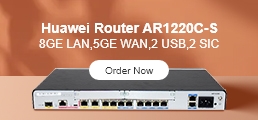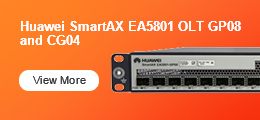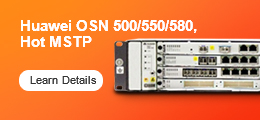The main difference in 4G and 5G phone is the band of operation.
4G phones operate in the following frequency bands majorly. 800Mhz (Band 20), 900Mhz (Band 8), 1800Mhz (Band 3), 2100Mhz (Band 1), 2600Mhz (Band 7).
Actually, the 5G spectrum bands has been categorized in three segments:
(1) Sub-1 GHz frequency (Low-band)
(2) Between 1 to 6 GHz (Mid-Band)
(3) Above 6 GHz (High-Band or millimeter bands).
As per the TRAI, the following frequency bands has been proposed in India as per my knowledge In October 2016, the TRAI auctioned a 700 MHz, 800 MHz, 900 MHz, 1,800 MHz, 2,100 MHz, 2300 MHz and 2,500 MHz bands. In August 2018, the TRAI proposed a new frequency band ranging 3.3-3.6 GHz (275 MHz spectrum) below mid-band 6 GHz. The presently ISRO used 3.4-3.425 GHz (25 MHz) band as per report of TRAI. October 2016, the TRAI auctioned a 700 MHz, 800 MHz, 900 MHz, 1,800 MHz, 2,100 MHz, 2300 MHz and 2,500 MHz bands. In August 2018, the TRAI proposed a new frequency band ranging 3.3-3.6 GHz (275 MHz spectrum) below mid-band 6 GHz. The presently ISRO used 3.4-3.425 GHz (25 MHz) band as per report of TRAI.Further, the Govt. may be recommended in future, the following frequency bands which can be used in India about 2020. (1) 24.25 - 27.5 GHz band (i.e., 26 GHz Band) & 27.5-29.5 GHz band (i.e., 28 GHz Band) (2) 31.8-33.4 GHz, and(3) 37-43.5 GHz .
Hence, the new phones will arrive which will support these bands. There will be modification in RF and Chip components which will support 5G technology.
Learn more:
OPPO Reno3 5G Phone vs. Vivo iQOO Neo 5G Phone
Huawei P40 5G Phone vs. Huawei Mate 30 5G Phone
Kirin 990 vs. Snapdragon 855 and 855 Plus



















































































































